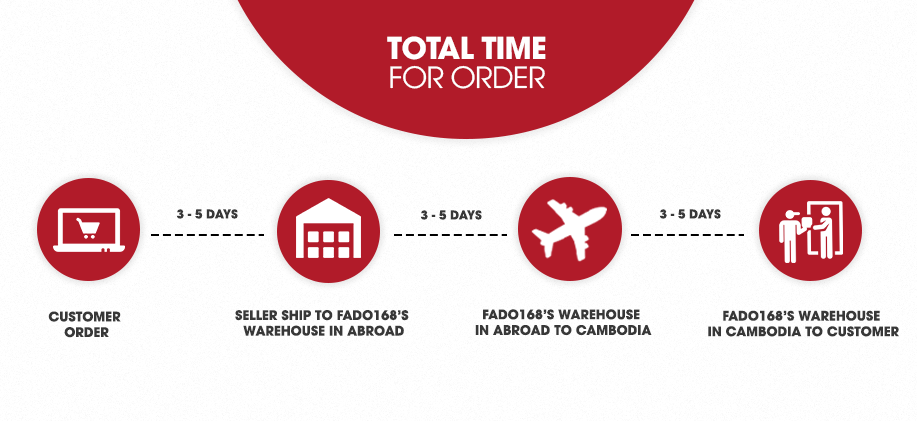About This Book
After seeing embedded systems in medical devices, race cars, airplanes, and children’s toys, I’ve found a lot of commonalities. There are things I wish I knew then on how to go about designing and implementing software for an embedded system. This book contains some of what I’ve learned. It is a book about successful software design in resource-constrained environments.
It is also a book about understanding what interviewers look for when you apply for an embedded systems job. Each section ends with an interview question. These are generally not language-specific; instead, they attempt to infer how you think. The most useful interview questions don’t have a single correct answer. Instead of trying to document all the paths, the notes after each question provide hints about what an interviewer might look for in your response. You’ll have to get the job (and the answers) on your own merits.
One note, though: my embedded systems don’t have operating systems (OS). The software runs on the bare metal. When the software says “turn that light on,” it says it to the processor without an intermediary. This isn’t a book about working with an embedded OS. But the concepts translate to processors running OSs, so if you stick around, you may learn about the undersides of OSs too. Working without one helps you really appreciate what an OS does.
This book describes the archetypes and principles that are commonly used in creating embedded system software. I don’t cover any particular platform, processor, compiler, or language, because if you get a good foundation from this book, specifics can come later.


